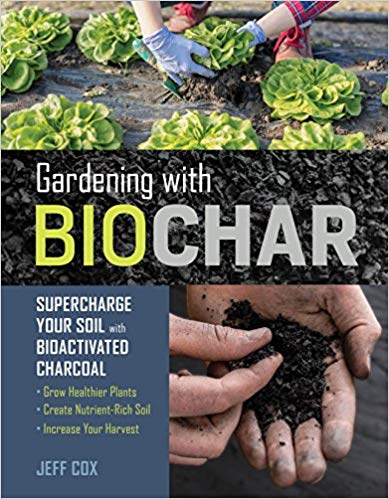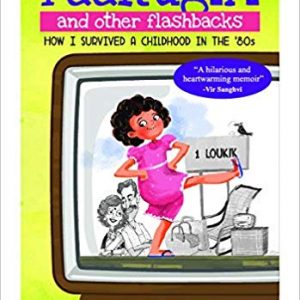Straight from ancient wisdom comes an unexpected source of plant nourishment- Biochar. Gardening with Biochar by Jeff Cox is a comprehensive guide to understanding, making, and using biochar effectively in the home garden.
We all know that a garden is only as good as the soil that is in it. Biochar is one way of enriching the soil. Put simply, biochar is organic matter that has been roasted (and not burned) to black charcoal. In Gardening with Biochar, author Jeff Cox demystifies biochar and makes it accessible to the home gardener.
Cox revisits history to trace the origins of biochar. He visits the area around the Amazon basin, taking a dip into the distant past. Much before the slash and burn technique (which incidentally lateralizes the soil leaving it unsuitable for agriculture), the natives used a special charcoal which we now called biochar. This black soil still exists after eons, and this in itself is testimony to its high fertility.
Biochar is black and crumbly. Well, it is useful to get a bit of scientific description of this stuff and what it actually contains and feels like. Many people also confuse it to be a fertilizer, when it is in fact, a perfect ‘house’ for the microbes that inhabit the soil and make it fertile! It increases the water holding capacity of the soil and also acts as a storehouse of nutrients for the microbes. In addition, there are a few other peripheral advantages that biochar holds for the environment in general. These are the varied aspects of biochar that the book describes in simple terms.
With notes from the field, that is, case studies of different farmers and agriculturalists who have tried and experienced the miracles of biochar first hand, Cox enhances the story of biochar. The book is easy to navigate, not only because it is written in simple language, but also because it is structured in an easy-to-read manner. The topic for discussion has been neatly divided into chapters and further segregated into compact subtopics.
The book also discusses the cautions to heed to while using biochar. For instance, since biochar raises PH levels making the soil alkaline, it may not really be the best thing for acid-loving plants.
Making biochar
Of course, the most important topic in the book is the section on actually making biochar. This chapter comes to the point- how does one actually make biochar? The book answers questions like what kind of feedstock can you put in biochar? How should you dig the pit and actually go about making the biochar so that the burn is low and slow, which is vital to producing biochar? It also discusses other ways of producing biochar, for instance, in a tlud cooker or in a metal can. This is followed by several practical tips such as how to form and follow a schedule for making biochar and so on.
The promise of biochar lies in much more than its outstanding abilities to enrich the soil and improve plant growth. From a more long-term view, it is the ability of biochar to sequester carbon in the soil, making it good for the health of the planet, as well as the plants. Reading the book may perhaps convince you, to put it in the words of the author, “the fabled gold of Eldorado may actually be black and crumbly!”
Title: Gardening with Biochar
Author: Jeff Cox
Publisher: Storey Publishing
Genre: Gardening





